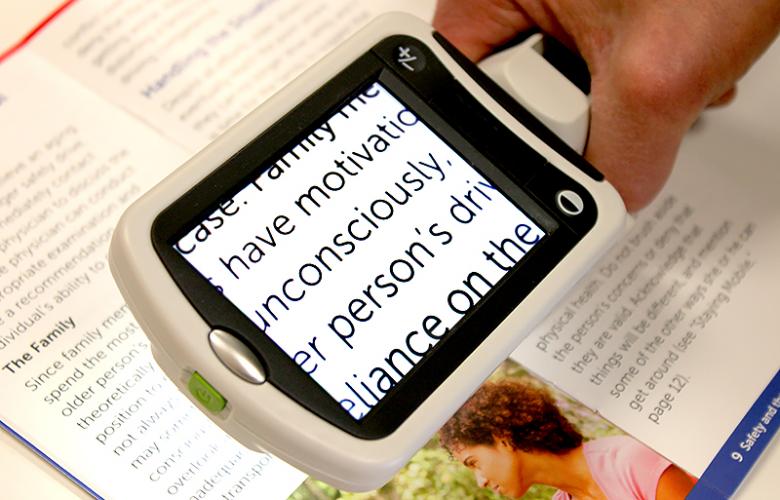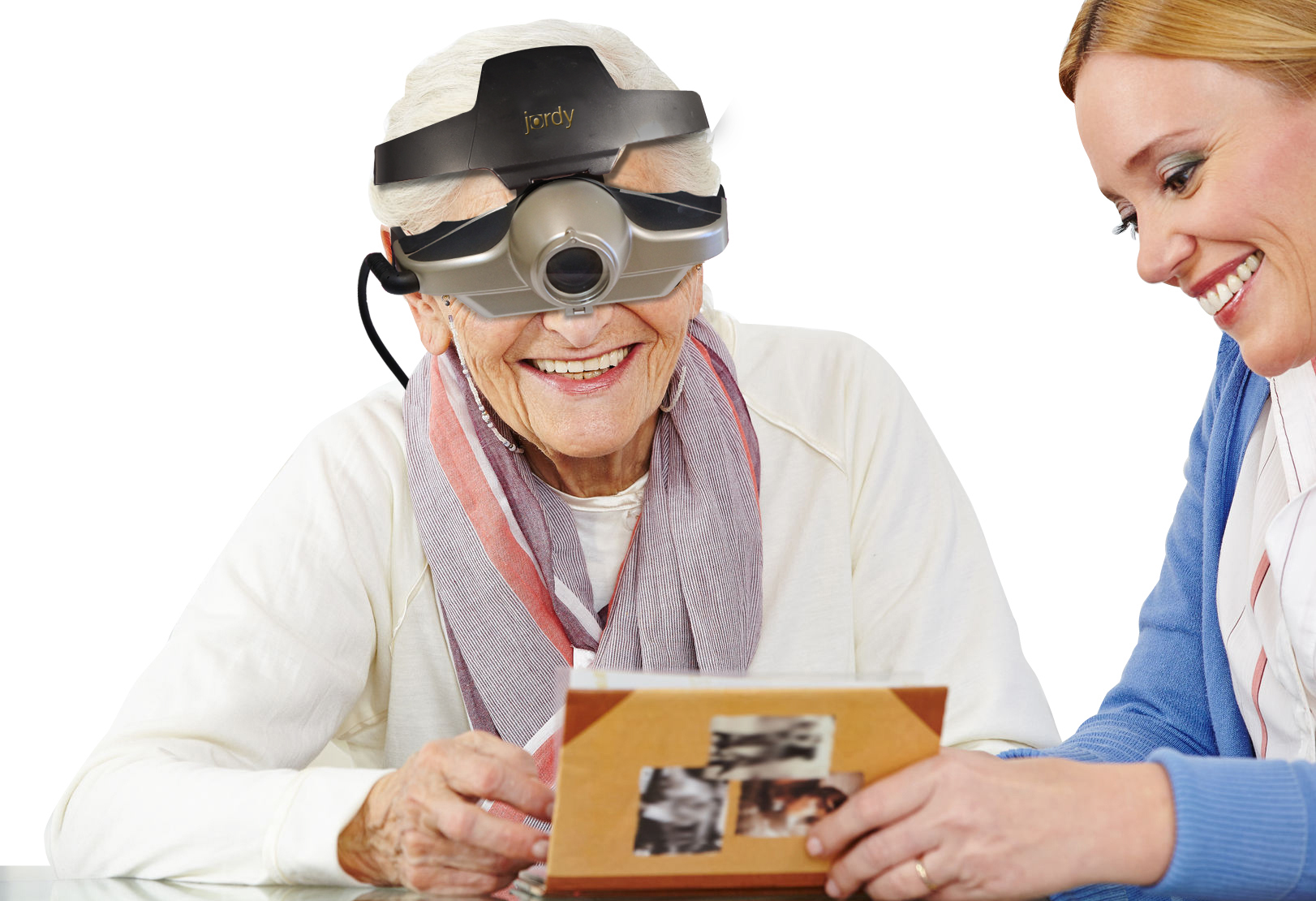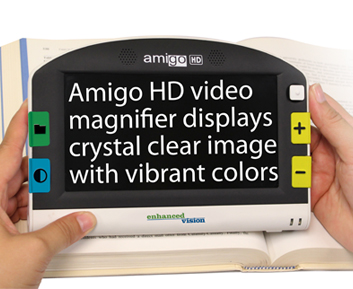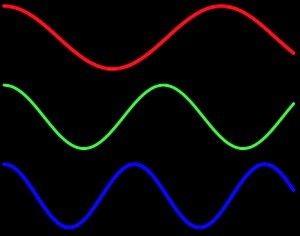 Low vision is the term used to describe significant visual impairment that can’t be corrected fully with glasses, contact lenses, medication or eye surgery. Low vision causes a person to be unable to accomplish some daily tasks due to sight impairments. Low vision occurs when an individual struggles with any of the following common activities:
Low vision is the term used to describe significant visual impairment that can’t be corrected fully with glasses, contact lenses, medication or eye surgery. Low vision causes a person to be unable to accomplish some daily tasks due to sight impairments. Low vision occurs when an individual struggles with any of the following common activities:
- Reading
- Everyday tasks like personal grooming
- Viewing photos
- Recognizing faces
Millions of Americans experience a normal loss of vision as they get older and the number of individuals who develop vision problems due to health conditions is projected to continue to rise.
There are many things that can cause low vision, including:
- Macular degeneration
- Cataracts
- Diabetes
- Glaucoma
- Injury to the eye
- Birth defects
A few simple approaches can be:
- Getting an eye exam
- Update your reading glasses
- Use bright light for reading
If these do not work for you, ask your eye care professional for help or ask for a referral to a low vision specialist.
Low Vision Technology
Individuals with eye disease related to age, or vision compromised due to injury, may benefit from the usage of low vision devices.
There are two primary categories for low vision devices: Magnifiers for viewing things and objects that are close to you (magnifying lenses or machines), and magnifiers used for viewing objects and images at a distance (telescopic lenses). Many lighted magnifiers for close objects improve readability by increasing illumination. With the advances in technology, many low vision devices are available to provide multiple function (near and distance) magnification and visual aid.
Technology is advancing to meet the growing needs of people with low vision impairment. There are a number of products that can help individuals with low vision. While considering the correct vision enhancer, keep in mind a few objectives:
- What is the visual ability of the individual? Low vision aids are created with different options for specific low vision needs.
- What tasks will the visual enhancer be used for? Find out what each product is best used for to decide if it will meet the needs of the individual.
- Is the device easy to use? The right device should be easy for you to use.
- How much does it cost? The cost of low vision aids can vary depending on a number of factors.
Popular products include:
 Portable magnifiers and lighted magnifiers- offer magnified reading on the go. Perfect for menus, shopping lists, label reading, and more, portable magnifiers can fit in your pocket, purse, or be worn on the belt for quick, easy use.
Portable magnifiers and lighted magnifiers- offer magnified reading on the go. Perfect for menus, shopping lists, label reading, and more, portable magnifiers can fit in your pocket, purse, or be worn on the belt for quick, easy use.
 Wearable magnifiers – wearable technology is the future for those with low vision who live an active lifestyle. Wearable options make it possible to see and take part in everyday tasks, such as reading and recognizing faces.
Wearable magnifiers – wearable technology is the future for those with low vision who live an active lifestyle. Wearable options make it possible to see and take part in everyday tasks, such as reading and recognizing faces.
 Transportable magnification screens– are perfect for close up viewing as well as distance viewing. These great viewers offer great flexibility, from watching TV to using the mirror image feature for self-viewing. There are APPS for smart phones that can be used to magnify reading material.
Transportable magnification screens– are perfect for close up viewing as well as distance viewing. These great viewers offer great flexibility, from watching TV to using the mirror image feature for self-viewing. There are APPS for smart phones that can be used to magnify reading material.
 Desktop devices for reading books, bills or letters – these have large, bright screens. A reading table offers visual aid for reading books, optional computer connectivity and more. This family of portable magnification units offers up to 75x magnification.
Desktop devices for reading books, bills or letters – these have large, bright screens. A reading table offers visual aid for reading books, optional computer connectivity and more. This family of portable magnification units offers up to 75x magnification.
Consult a Low Vision Specialist–Consider making an appointment with a trained low vision specialist if you have specialized needs. They are available in larger cities or can be found by contacting The Braille Institute or by an internet search. Talk with your low vision specialist to find out which is right for you and where you can find them.
In addition to low vision devices and good lighting, inexpensive non-optical adaptive aids can assist with routine daily activities. These devices include:
- Large-print cookbooks
- Large-numbered playing cards, clocks, telephones and watches
- Electronic “talking” clocks, kitchen timers, thermometers, blood pressure meters and even pill bottles
- Large felt-tip pens and wide-lined paper for writing notes
- Color-coded pill boxes
- Signature guides help in writing your signature in the correct place
Many of these items can be found at your local drugstore, discount store or bookstore. Your low vision specialist can recommend retail sources for non-optical adaptive aids.
Vision loss can definitely be alarming but learning how to adapt, with the aid of low-vision specialists, can result in continued independence. As low vision aids are tools focused on helping with the physical aspect, it is also important to seek the help of a counselor for psychological counseling if needed or join a support group, that may provide the help you need. Finally, maintaining a social network and asking for help will enrich your life, and help maintain your independence and quality of life.
Resources:
www.enhancedvision.com
www.allaboutvision.com
www.nei.nih.gov
www.brailleinstitute.org
www.visionaware.org
www.aao.org
www.amd.org
www.californiaphones.org








